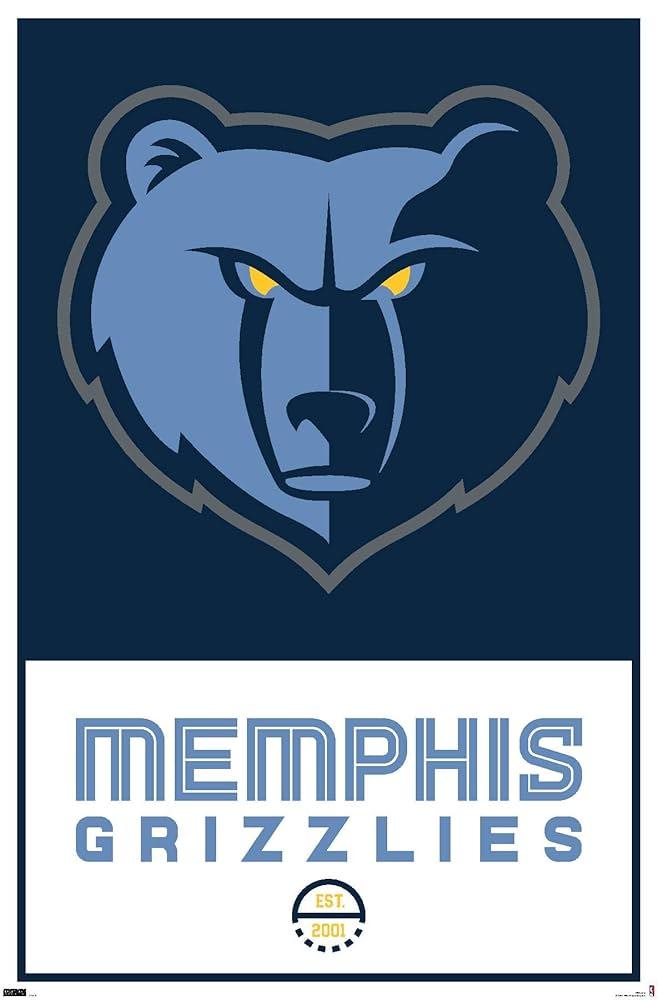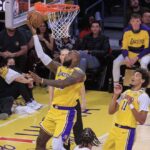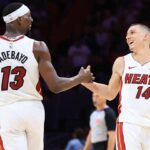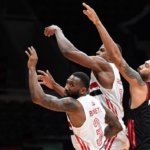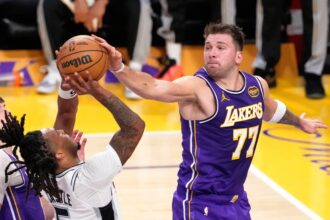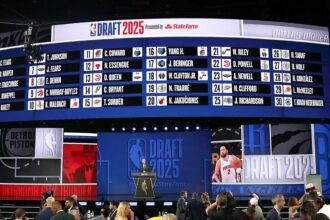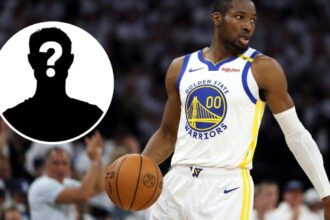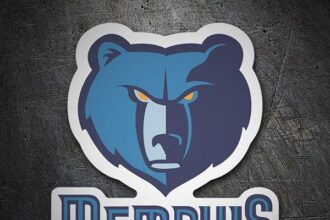The Memphis Grizzlies are reportedly considering a strategic move in the upcoming NBA Draft that could see them trading back from their current selection position. As the team looks to bolster its roster while maximizing value, sources suggest that front office discussions are focused on leveraging draft-day assets to address multiple needs. This potential trade-back scenario highlights the Grizzlies’ adaptive approach to roster building and their commitment to long-term success. In this edition of Grizzlies Insider, we delve into the factors driving this possible shift and what it could mean for the franchise’s future.
Grizzlies Weigh Strategic Advantages of Trading Down in NBA Draft
Memphis Grizzlies’ front office is meticulously analyzing the potential benefits of trading down in the upcoming NBA Draft, aiming to maximize value while building a balanced roster for the future. By moving back in the first round, the Grizzlies could accumulate multiple picks, which has become a coveted strategy in today’s draft environment where depth often outweighs a single high-profile selection. Sources close to the team suggest that Memphis is specifically targeting a draft-day scenario where they can secure additional draft capital without sacrificing the quality of incoming talent.
Key reasons influencing the Grizzlies’ consideration include:
- Flexibility in Roster Construction: More picks allow for strategic trades or bolstering bench depth with young, promising players.
- Market Opportunities: Teams desperate for a certain player may offer valuable assets in exchange for moving up.
- Risk Mitigation: Spreading out investments reduces the chances of draft busts impacting the team’s development.
| Scenario | Potential Gains | Risks |
|---|---|---|
| Trade Down 5-8 Spots | Additional 2nd round pick, cap flexibility | Possibly miss out on top-tier talent |
| Trade Down 10+ Spots | Multiple picks, higher trade leverage | More unknowns, lower immediate impact |
Potential Trade Targets and How Moving Back Could Boost Memphis Roster
Memphis has eyes on a handful of intriguing trade targets that could reshape its roster by embracing a strategy of moving back in the NBA Draft. Instead of locking in on a single player at a high spot, the Grizzlies could package their current pick to accumulate multiple assets, whether in the form of second-rounders, future picks, or promising young players from contending franchises looking to offload salary. Names like Jalen Duren, Jaden Ivey, and Shaedon Sharpe have surfaced as potential trade targets, offering a mix of immediate impact and developmental upside. The key advantage lies in flexibility-this approach allows Memphis to balance youth with veteran presence while addressing key positional gaps on both ends of the floor.
- Jalen Duren: A powerhouse center providing interior defense and rebounding.
- Jaden Ivey: A dynamic guard capable of creating his own shot and pushing tempo.
- Shaedon Sharpe: An athletic wing with explosive scoring potential once fully recovered.
- Future Picks: Additional draft capital to build for sustained success.
| Trade Strategy | Potential Return | Roster Impact |
|---|---|---|
| Move back 5 spots | 2 picks + veteran guard | Enhanced depth, perimeter defense |
| Move back 8 spots | 3 picks + young forward | Youth infusion, improved wing versatility |
By strategically trading down, Memphis can optimize its draft capital and build a more balanced roster ready to contend in the Western Conference. This method opens several doors for the front office to acquire complementary pieces who fit coach Taylor Jenkins’ system, emphasizing defensive intensity and positional versatility. Ultimately, the decision to move back could accelerate the Grizzlies’ timeline while mitigating the risks tied to a singular high pick, paving the way for a deeper, more well-rounded team core.
Expert Recommendations for Navigating Draft Trade Scenarios to Maximize Team Value
Front office strategists emphasize that trading back in the draft isn’t just about capturing more assets; it’s a calculated approach to exploiting market inefficiencies. For Memphis, this means leveraging their valued pick to secure multiple future selections or established role players tailored for their system. Industry experts stress the importance of identifying teams with immediate roster gaps willing to move up aggressively, creating ideal leverage for the Grizzlies to maximize return without sacrificing long-term competitiveness.
To effectively navigate these complex deal scenarios, executives recommend focusing on:
- Player fit over draft position: Targeting prospects who complement the team’s core rather than striving to select by ranking.
- Asset diversification: Securing a mix of future first-rounders and promising young talent to maintain flexibility.
- Timing and communication: Carefully coordinating with potential trade partners to create a bidding atmosphere, driving up the value of their pick.
| Trade Partner Profile | Motivation | Assets to Exchange |
|---|---|---|
| Rebuilders | Acquire young talent, reset core | Multiple 2nd-round picks |
| Contenders | Upgrade immediate roster needs | Established role players, future 1sts |
| Hit-or-Miss Developers | Draft high-upside prospects | Future unprotected picks |
In Conclusion
As the NBA Draft approaches, the Memphis Grizzlies’ potential decision to trade back reflects a strategic approach aimed at maximizing long-term value. By leveraging their current assets, the Grizzlies position themselves not only to address immediate roster needs but also to build flexibility for future moves. While details remain fluid, this calculated maneuver underscores Memphis’ commitment to sustaining growth and competitiveness in a rapidly evolving league. Fans and analysts alike will be watching closely as the draft unfolds, eager to see how the Grizzlies’ front office navigates one of the most critical moments of the season.

